(2S,3R,4S,5S,6R)-2-(3-(4-((S)-tetrahydrofuran-3-yloxy)benzyl)-4-chlorophenyl)-tetrahydro-6-(hydroxymethyl)-2-methoxy-2H-pyran-3,4,5-triol CAS:1279691-36-9
The synthesis of this compound begins with the protection of the hydroxyl groups on the pyran ring to prevent unwanted side reactionwith s during subsequent steps. This is typically achieved through the use of silyl protecting groups, such as TMS, which can be easily removed later when needed. Next, the tetrahydrofuran moiety is introduced through a ring-closing metathesis or a similar reaction, ensuring the correct stereochemistry is maintained. The benzyl group is then attached to the tetrahydrofuran moiety, followed by the introduction of the chlorinated phenyl ring. The final steps involve the removal of protective groups and the introduction of the hydroxymethyl group on the pyran ring. The resulting compound has potential applications in medicinal chemistry due to its unique structure, which allows for a variety of biological activities. Its complex structure also means it can be challenging to synthesize, requiring careful planning and execution of each step to achieve the desired product. The compound's reactivity and stability are influenced by the presence of multiple functional groups, which must be carefully considered during its handling and storage. In summary, the (2S,3R,4S,5S,6R)-2-(3-(4-((S)-tetrahydrofuran-3-yloxy)benzyl)-4-chlorophenyl)-tetrahydro-6-(hydroxymethyl)-2-methoxy-2H-pyran-3,4,5-triol is a complex organic molecule with significant applications in medicinal chemistry and organic synthesis. Its synthesis requires careful planning and execution, and its reactivity and stability must be carefully managed during its handling and storage.



| Composition | C24H29ClO8 |
| Assay | 99% |
| Appearance | white powder |
| CAS No. | 1279691-36-9 |
| Packing | Small and bulk |
| Shelf Life | 2 years |
| Storage | Store in cool and dry area |
| Certification | ISO. |


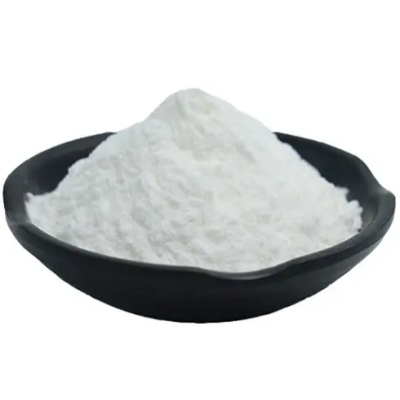
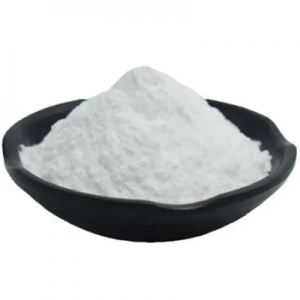
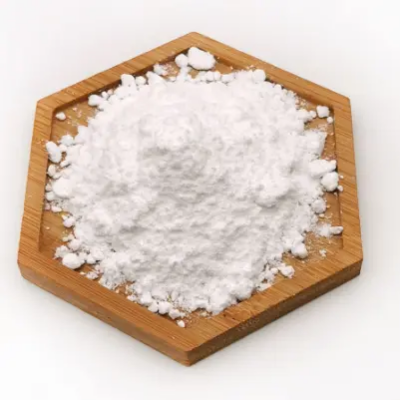


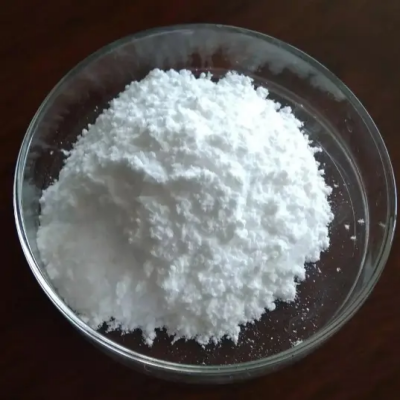
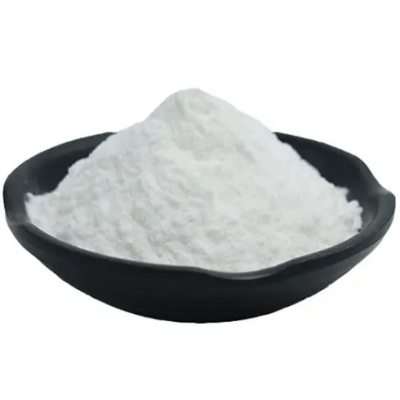
![1,3-bis[3-(dimethylamino)propyl]urea CAS:52338-87-1](https://cdn.globalso.com/xindaobiotech/6FOL1BS0UMD0X9Z402187.png)